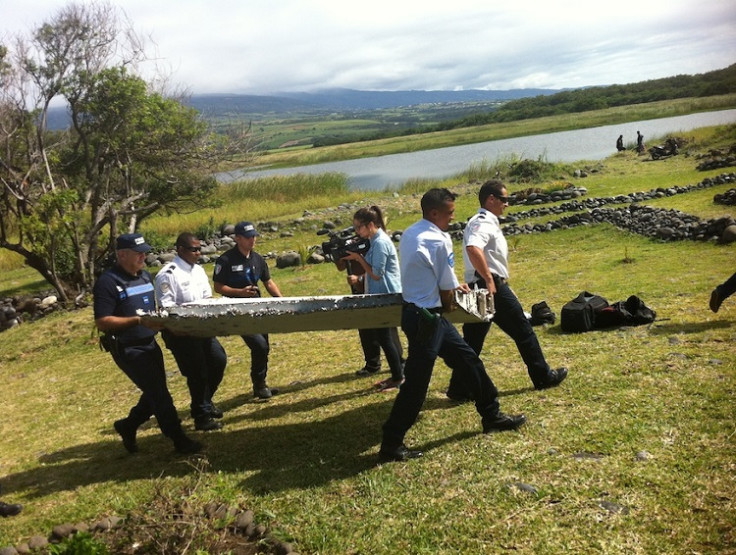Missing Malaysian Airlines flight MH370: How did suspected wreckage wash up in Reunion?

Wreckage washed ashore on the Indian Ocean island of Reunion this week may finally reveal the fate of Malaysian Airlines Flight MH370, which disappeared without a trace more than a year ago.
Officials on the island said that the wreckage almost certainly belonged to a Boeing 777, the model of the vanished airliner, which was carrying 239 people from Kuala Lumpur to Beijing.
As wreckage arrives in Paris for testing, IBTimes UK looks at what we know about the last known location of the airliner, and the island where the wreckage was discovered.
Where is Reunion?
The remote French island is around 1,000 miles from Mozambique on the east coast of Africa, and is around 100 miles from Mauritius.
Unlike Britain's overseas, territories, the tropical island has the same political status as other parts of France, uses the Euro, and even has representatives in the French and the European Parliament.
The wreckage has been discovered on the north west coast of the island.

What was the last known location of Flight MH370?
Flight MH370 vanished seemingly without a trace on March 8, 2014, after taking off in Kuala Lumpur, in Malaysia, making its last radio contact at 2.22 am while flying over the Indian Ocean. Its last known location is around 4,000 miles from Reunion. It is also 3,000 miles from an area off the coast of Australia pinpointed by experts as the most probable location the plane went down on the basis of radio data.
Could the wreckage have travelled to Reunion?
Though Reunion falls outside the official search area for Flight MH370, experts believe that strong east to west currents may have carried debris to its shores.
The wreckage may have zigzagged its course across the ocean before washing ashore.
Currents in the Indian Ocean generally travel counter clockwise, meaning that the wreckage may have travelled north from the point the plane is believed to have crashed, drifting to near the island of Sumatra before travelling west past India then south towards Reunion.
With so many variables influencing the course the wreckage may have taken, including storms and squalls and counter currents, attempts to trace the wreckage back to its source may prove fruitless.
"The job we are trying to do now is to reverse the modelling and backtrack it," David Griffin, who works for Australia's national science agency, CSIRO, told AP. "But really, the source could be anywhere in the east Indian Ocean."
What next?
The wreckage is being taken to a state of the art laboratory in Balma, France, where experts will be able to establish which plane the debris belongs to, and how it crashed.
Its "engineers would be able to identify quickly whether the plane exploded in the air or whether it broke when hitting the water", a source close to the investigation told CNN.
© Copyright IBTimes 2025. All rights reserved.




















